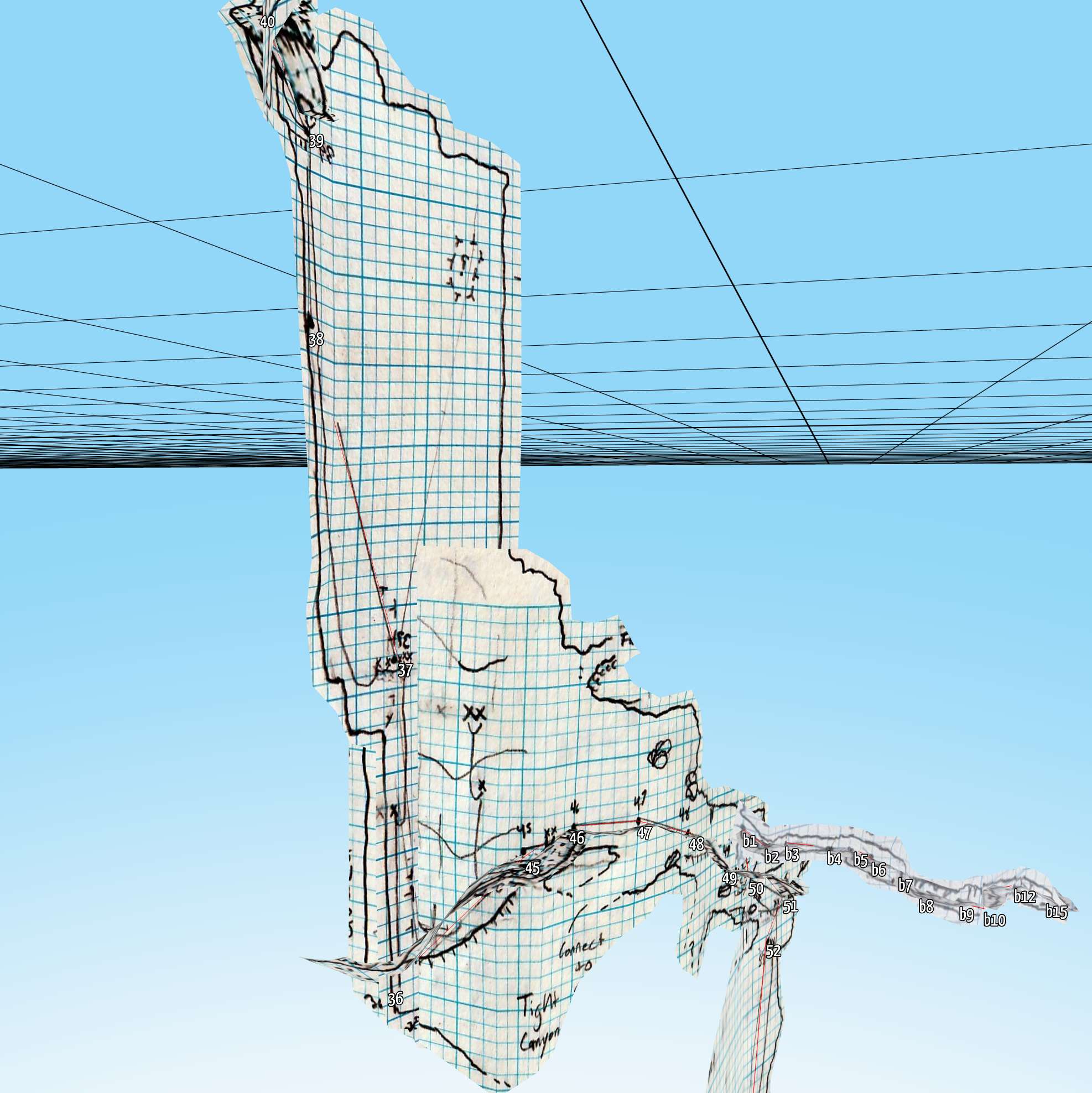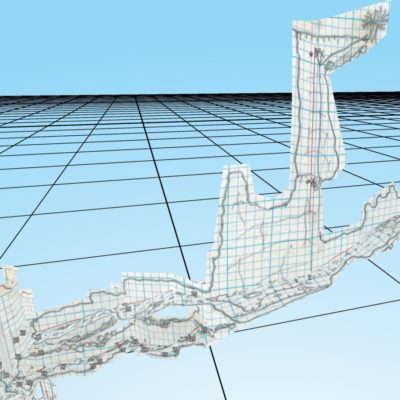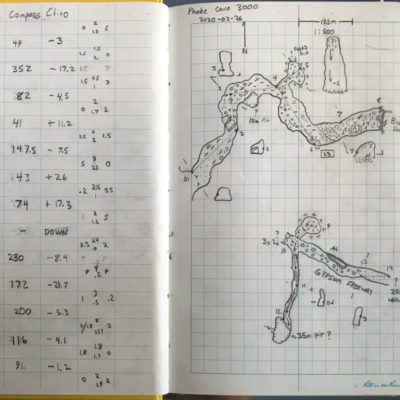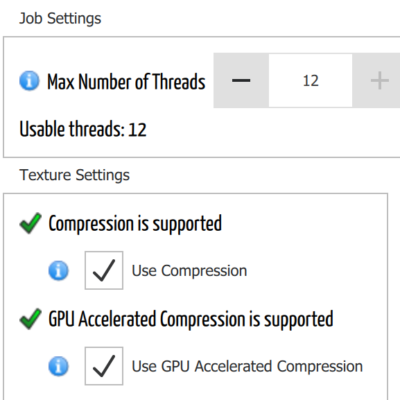
2025.2 Release
This release features projected profile views, allowing for more intuitive 3D map interpretation. Visualization has been improved Qt RHI and Qt6. These updates make Cavewhere more responsive, accurate, and user-friendly perfect for cavers looking to streamline their mapping workflow.
Read Article

Projected Profiles Support
In addition to Running Profiles, CaveWhere now supports carpeting Projected Profile sketches.
Read Article

Sketch Carpeting Behavior and Troubleshooting
Fix your scarps and make your sketches prefect by understanding CaveWhere’s Carpeting algorithm.
Read Article

Cave Mapping Sketch Projections
This article overviews each cave mapping sketch orientation: Plan, Cross-sections, running profile, and projected profiles.
Read Article

CAVEWHERE Supports PDF for Scan Notes
By default, some scanners output PDF files for multiple scanned pages. CaveWhere can now import these PDF files for notes.
Read Article

CAVEWHERE 0.09 RELEASE
Cavewhere 0.09 contains amazing new features including:
-
- Visualizing Running Profile
- CSV Importer
- Code Sign
- Rendering Settings
Read Article

CAVEWHERE’S USE OF DXT1 COMPRESSION
CaveWhere uses DXT1 Compression to gain a 6 to 1 compression ratio. This allows you to visualize 6 times more cave than using uncompressed textures. Check out the differences between compression algorithms and raw RGB textures.
Read Article

SETTINGS EXPLAINED
CaveWhere has multiple options for manipulating quality rendering quality, rendering engines, and work arounds for misbehaving graphics cards. This article breaks down each and explains each option in the settings.
READ ARTICLE
![]()
CAVEWHERE’S 32BIT EXPORT LIMITATION
0.09 CaveWhere uses out of core memory for exporting. This reduces the overall RAM foot print but for 32bit OS, CaveWhere is limited to memory address space when exporting maps to SVG, PDF, JPG, PNG, and TIF. Check out this article on the paper size limitations.
